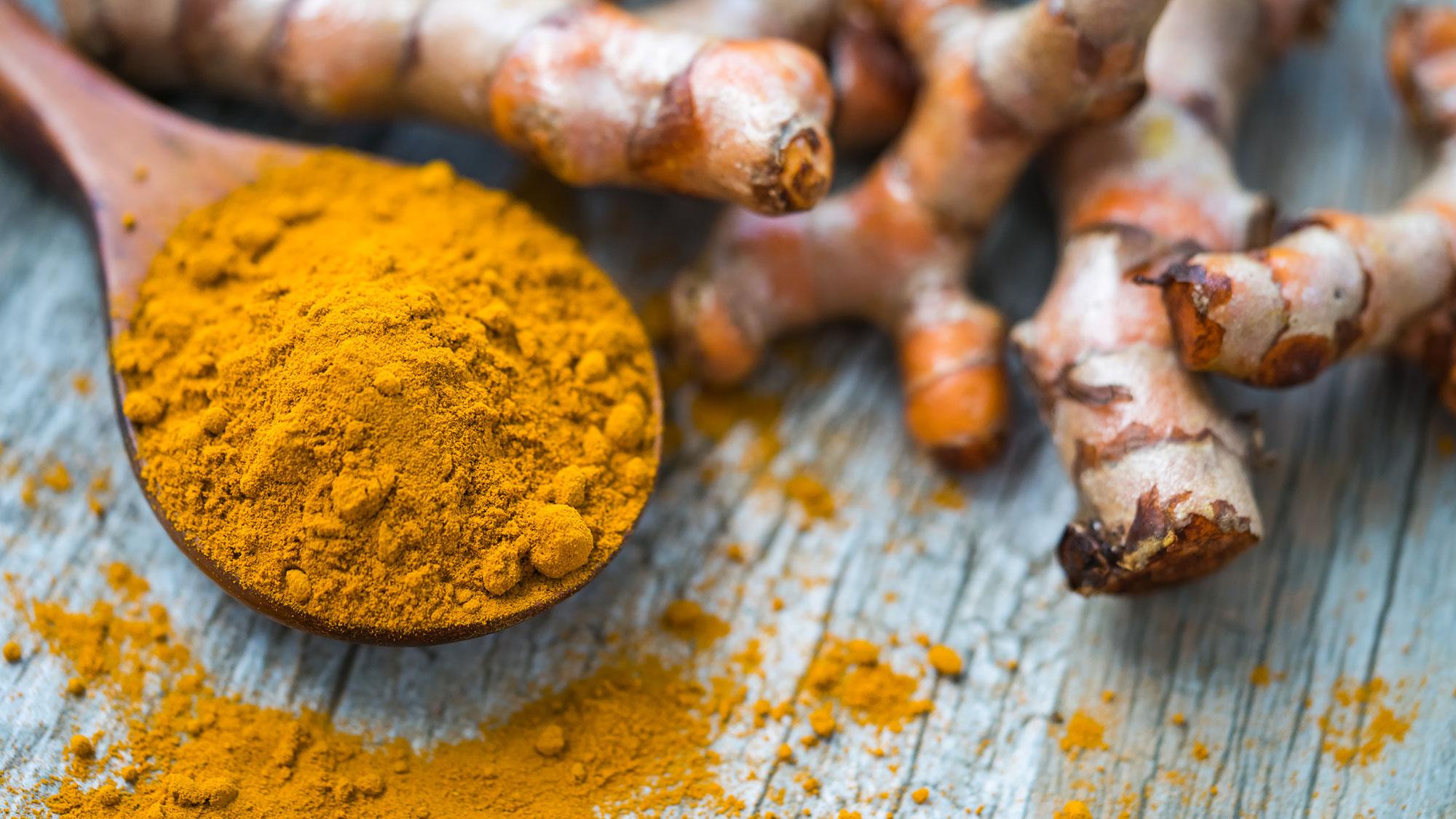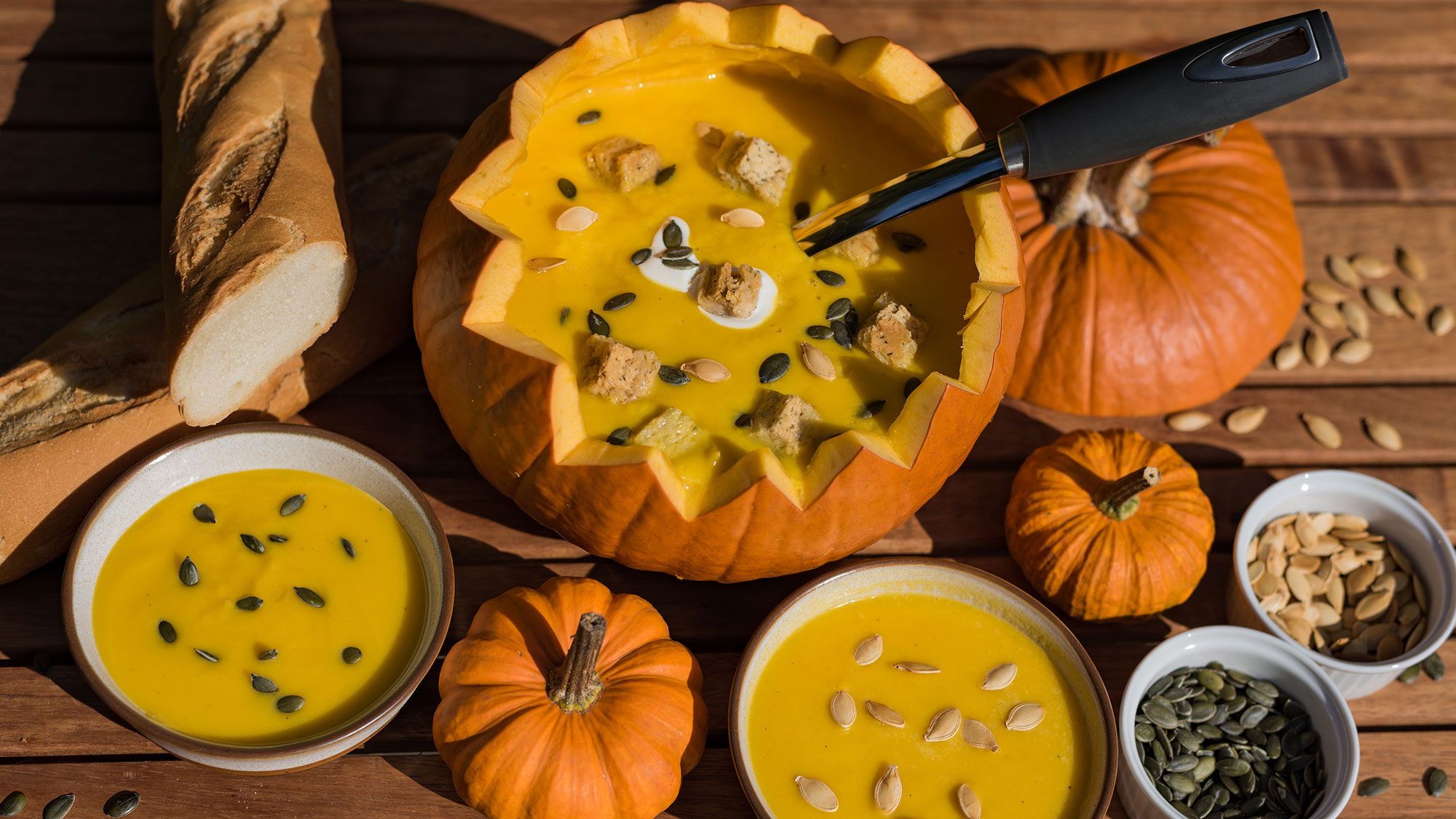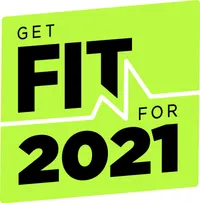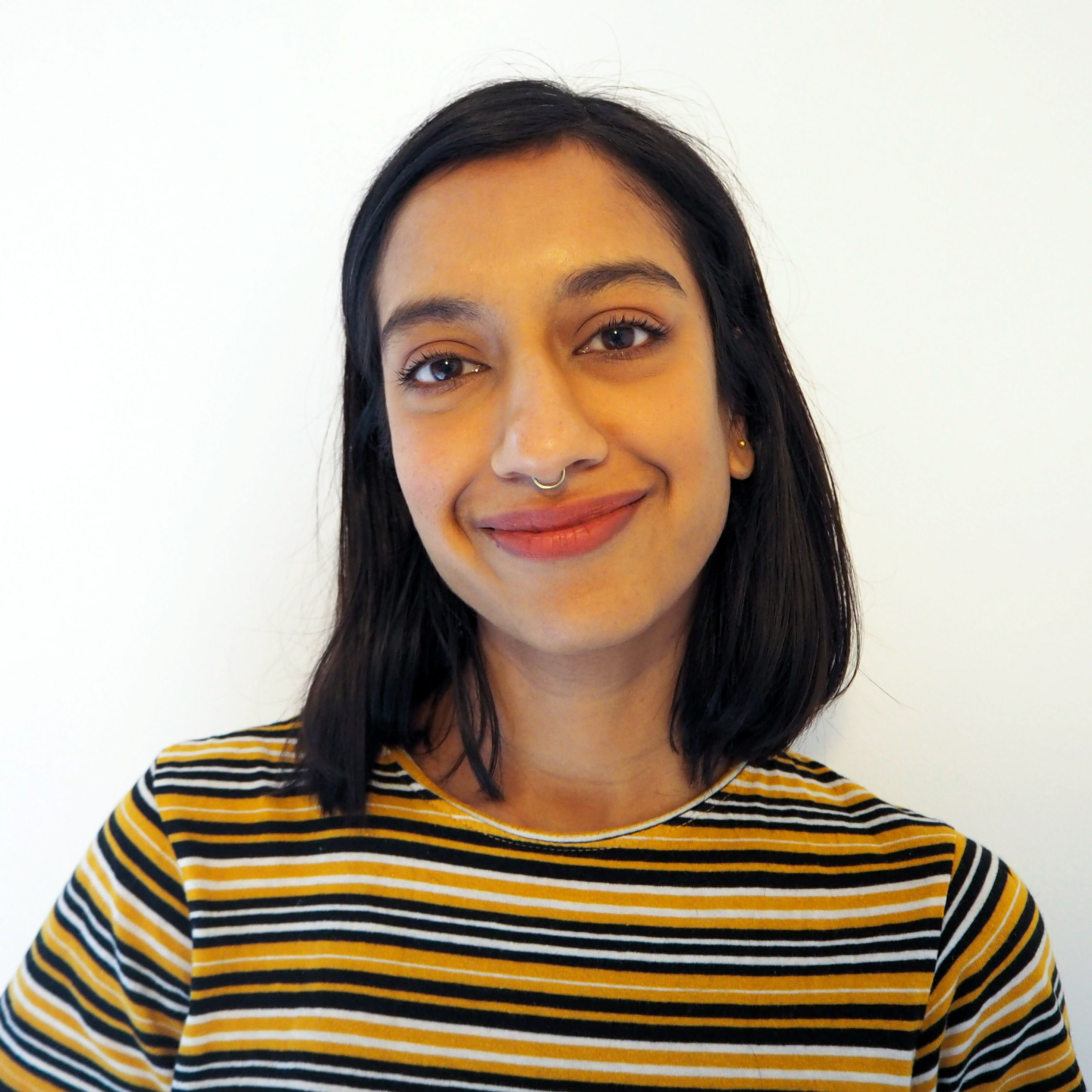4 ways to boost your nutrient intake with barely any effort
Try these simple food pairings to maximise nutrient absorption


When it comes to healthy eating, one of the top tips experts consistently suggest is to eat a varied diet. That means having a range of different fruits and vegetables each week to ensure you consume all the different nutrients each has to offer.
Another reason to eat a varied diet of whole foods is because some nutrients rely on others to be absorbed in the body. This is where the term bioavailability comes in.
According to the Frontiers in Nutrition journal, bioavailability is “the fraction of an ingested nutrient that becomes available for use and storage in the body”. Some foods may be rich in a particular nutrient, but your body may not be able to absorb that nutrient and reap any of its benefits.
The associated concept of food synergy is therefore based on eating different foods together in order to increase their bioavailability. Here are some food pairings you should have together to maximise their nutrition absorption.
1. Curcumin + black pepper
Turmeric, the mainstay spice in south Asian cuisine, has been prized in India for thousands of years for its medicinal properties. The main plant compound in turmeric is curcumin, which is responsible for its wide range of health benefits.
Curcumin is a powerful antioxidant, protecting cells from damaging oxidative stress. It also features strong anti-inflammatory properties, with some studies even suggesting curcumin supplementation can be used in the treatment of symptoms of arthritis. If this is something you suffer from, take a look at our guide to the best supplements for joints.
Some research also suggests that curcumin supplementation can be as effective in treating depression as pharmaceutical antidepressant drugs.
Start your week with achievable workout ideas, health tips and wellbeing advice in your inbox.

Turmeric isn’t easily absorbed by the body because it’s quickly metabolised and eliminated. However, consuming the spice with black pepper can increase its bioavailability by 2,000%.
Turmeric can be used in multiple ways when we cook; it’s one of the main spices used in Indian curries, but you can also easily add it into smoothies, soups and on roast vegetables. Just remember to include some black pepper in the recipe as well to reap the health benefits.
2. Calcium + vitamin D
Calcium is the most abundant mineral in our bodies and forms the building block for our bones and teeth. It also plays an important role in helping our muscles move and for heart health. A deficiency in calcium can lead to low bone mass (osteopenia) or brittle bones (osteoporosis).
There are abundant food sources of calcium including dairy products, some green leafy vegetables, tofu, and fortified milk alternatives. However your body needs vitamin D (which also tops our list of best vitamins for women over 50) in order to absorb calcium.
“We get most of our vitamin D from sunlight on the skin, but there are a few food sources of this vital vitamin including oily fish, eggs, and some fortified products such as breakfast cereals,” says Sarah Coe, nutrition scientist at the British Nutrition Foundation.
Eating vitamin D and calcium together should be quite easy to do, and can be as simple as sprinkling some cheese into scrambled eggs, enjoying a side of sautéed kale with salmon, or having a bowl of fortified cereal with milk or a fortified milk alternative.
3. Iron + vitamin C
Our bodies use iron to make red blood cells, which carry oxygen from the lungs throughout the body. Iron is an important mineral that helps to regulate energy levels and our body temperature, and it supports the immune system too.
Low iron levels are quite common, especially for pregnant women and women who experience heavy periods. Symptoms of low iron include tiredness and difficulty concentrating. If levels plunge too low it can lead to iron deficiency anaemia; a serious condition which should be treated by a doctor.
There are two types of iron: heme iron, which is only found in animal sources (meat, poultry, seafood), and non-heme iron, which is found in plant sources (dark green leafy vegetables, lentils, fortified cereals). The body can easily absorb heme iron, but finds it more difficult to absorb non-heme iron.
“The absorption of non-heme iron is affected by various factors in food including phytate (in cereals and pulses), fibre, tannins (in tea), and calcium, which can all bind non-heme iron in the intestine and reduce its absorption,” says Sarah.
Vitamin C facilitates iron absorption, so the two nutrients should always be consumed together. This can be as easy as drinking a glass of orange juice with your meal, or adding vitamin C-rich vegetables (such as peppers, broccoli or Brussel sprouts) into meals with iron-rich sources.

4. Fat-soluble vitamins + oil
As the name suggests, fat-soluble vitamins are those absorbed in the body along with fat. They include Vitamins A, D, E, and K, which contribute to overall health in a variety of ways.
Vitamin A is responsible for good vision, as well as hair and body growth and immune function. Vitamin A is only found in animal sources, mostly animal liver, butter, whole milk, and egg yolks. However, the body can convert carotenoids – the plant pigment that gives red, yellow, and orange fruit and vegetables their color – into vitamin A. This is where the idea of carrots being able to help you see in the dark comes from! Other carotenoid sources include tomatoes, peppers, pumpkin, and kale.

Meanwhile, vitamin D is essential for good bone health, supporting the immune system and general mood. As mentioned above, it also helps our bodies absorb calcium. When it comes to vitamin D foods, mushrooms are a great (and the only vegetable) source.
Vitamin E is a powerful antioxidant and serves to protect cells from free radicals and oxidative damage. Vegetable oils, seeds, nuts, and avocados are all excellent sources.
Finally, vitamin K is used in the liver to help with blood clotting. The best food sources include green leafy vegetables, broccoli, and Brussels sprouts.
Research in the American Journal of Clinical Nutrition suggests that consuming a small amount of oil together with raw vegetables in the fat-soluble vitamin family – but especially carotenoids – increases the body’s ability to absorb their nutrients. Using an olive oil-based salad dressing is a great way to do this.
Get Fit for 2021 with Fit&Well
As the sun rises on a brand new year, Fit&Well is here to help put last year behind you and make 2021 your happiest, healthiest yet. Here at fitandwell.com, we’ll be bringing you a wealth of workouts, diet plans and expert advice throughout January to help kick-start your health and fitness goals.
Nupur is a freelance journalist who covers travel, lifestyle, health, fitness, and nutrition. She has previously written for titles including Stylist, Where London, London Planner, Vacations & Travel, and Hey Gents. A keen runner with a fondness for running tourism, she loves knocking back a few early morning miles whenever she visits somewhere new and has clocked up distances in the UK, Germany, Italy, Australia, Japan, and Vietnam. An avid believer in the idea of food as medicine, she can often be found researching new ingredients to include in nutritious plant-based meals. When she’s not doing any of the above, Nupur is usually curled up on the couch trying her hand at a new crochet project.

